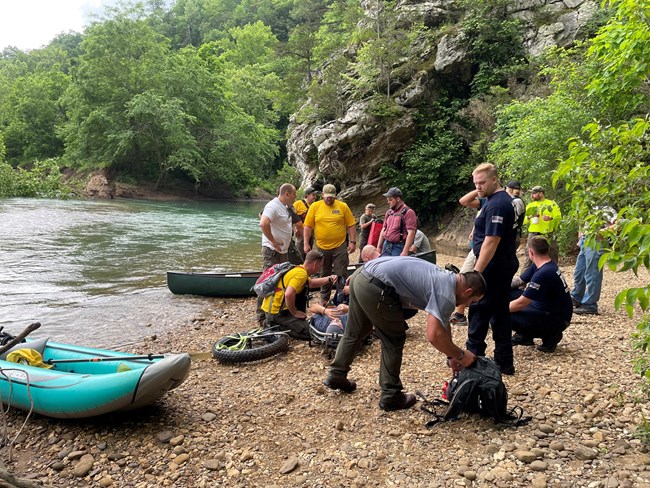
ProRanger L. Patton Every year, dozens of visitors are rescued from the backcountry and wilderness areas of Buffalo National River. Some get into a tight spot on the river, some become lost off trail, and others fall off of cliffs. Occasionally, some even die in Buffalo River's backcountry. When the call comes, a team of highly-dedicated, highly-trained rescuers (about half of whom are volunteers) respond in all weather conditions to help those in need. These search and rescue (SAR) missions are both dangerous and expensive. Each incident costs money for the taxpaying public. How do we prevent, or at least reduce, SARs? Part of the answer rests on YOU, the individual visitor. Read on to learn how to prepare for your trip and prevent a SAR during it. Take a look at our Hiking, Paddling, and Leave No Trace webpages for further information on how you can have a safe and enjoyable time at the river. Please, take some time to prepare for your visit. 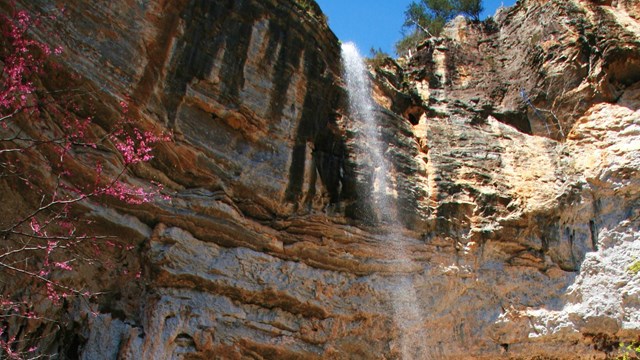
Hemmed-in Hollow Falls
The trail to Hemmed-in Hollow Falls features 1,200 feet of elevation gain. This area has the most SAR incidents of any location in the park. 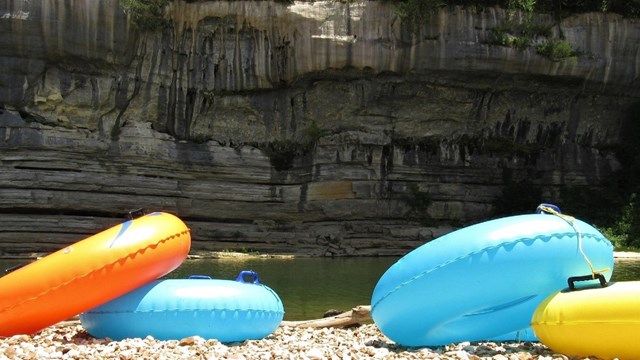
Buffalo Point Area
The Buffalo Point area sees multiple SAR incidents involving ambitious innertube floats and hiking the Indian Rockhouse Trail. 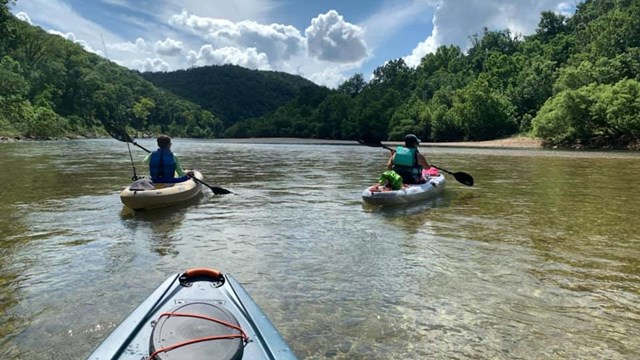
Rush/Lower Buffalo Wilderness
Several SAR incidents each year involve paddlers overshooting and missing their takeout at Rush Landing. 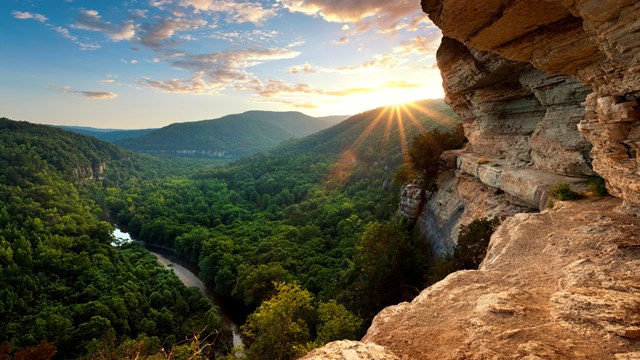
Centerpoint Trail
Hikers visit Big Bluff for sweeping views of the Ponca Wilderness. Slips, trips, and falls account for most rescues in this location. 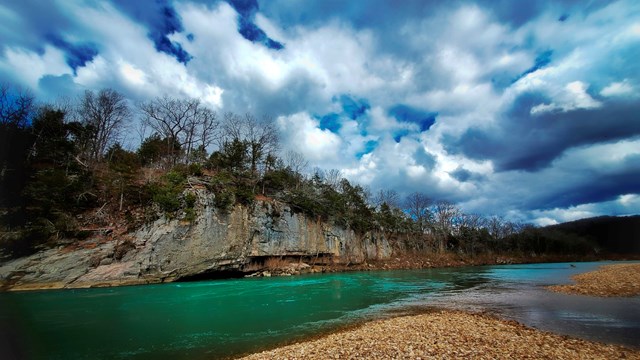
Grinders Ferry
Swimming and diving accidents are common occurrences at Grinders Ferry. This location sees the most drowning deaths on the Buffalo River. 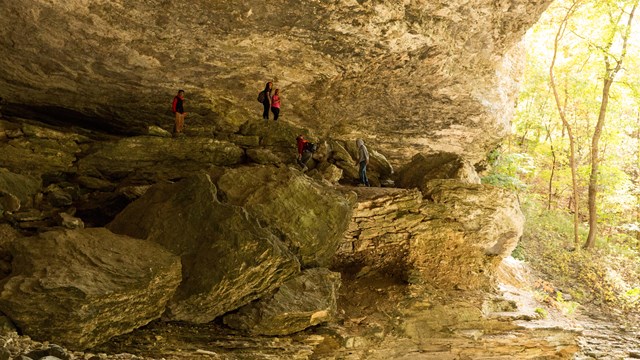
Lost Valley
Most accidents on the Lost Valley Trail are caused by slips, trips, and falls. 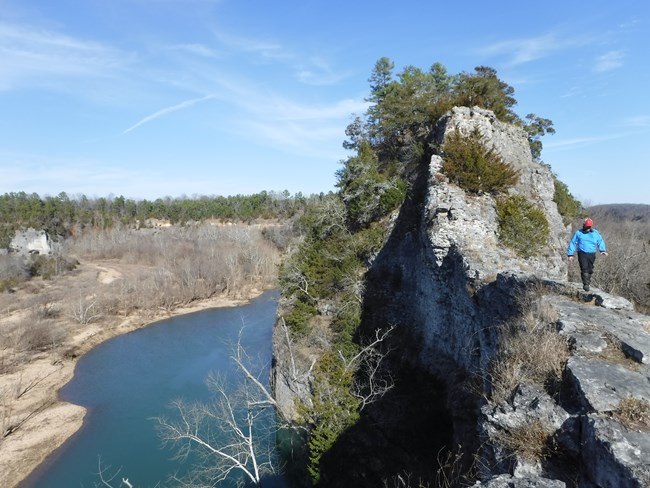
NPS Be Prepared. Plan Ahead.Tell someone where you are going. Leave a detailed itinerary and map of the area with somebody at home who can report you overdue if necessary. Give them the telephone number to Buffalo National River's 24-hour dispatch: 1-888-692-1162. Remember, cell phone service is unreliable in the park. 
T. Fondriest Tube responsibly. While personal flotation devices (PFDs) are not required while recreating in an inner tube, we strongly recommend the use of one while floating the river, for both children and adults. Without a paddle, you are at the river current's mercy, and you cannot steer or make the tube go faster. For this reason, the park recommends tube trips no longer than 1.5 miles. You are very limited as to what you can take with you on a tube, and there is often no room for water, snacks, or sunscreen. Please take all of this into consideration when planning a float on tubes. Avoid sweepers and strainers. A sweeper or strainer is a tree or trees that have fallen across or along the edge of the river but may be above the river level, partially submerged, or may lie just under the surface of the water. Often, these are found on the outer side of bends where the river is fastest, or in fast-moving and narrow chutes. Either way, they can cause a canoe or kayak to capsize and require extra care to avoid. Experience is the best practice; avoidance is the best caution. The park removes downed trees when they are judged to be a hazard. Operating a chainsaw in a boat on a river is a very dangerous undertaking. Not all trees are removed. Some are considered nuisances and not hazards, and are part of the river experience. Do not attempt to unpin a pinned boat. If your boat becomes lodged, DO NOT ATTEMPT TO UNPIN IT! This is a very dangerous situation with powerful forces being extered on the boat. Leave it where it is and report its location to a park ranger as soon as possible. Have the right equipment and secure it. Be sure to place all of your gear in sturdy, waterproof bags and tie everything down in your boat to prevent it from washing away if you capsize. Wear sturdy footwear even if you are floating. Flip-flops or slip-on water shoes can get pulled off of your feet if you capsize. Wear the right clothes. When floating during the fall, winter, or spring, wear wool or synthetic fibers such as polypropylene or a wet suit. Avoid cotton because when cotton becomes wet, it loses the ability to insulate and quickly contributes to a hypothermic state. Hypothermia results when your body loses heat faster than it produces it and can be deadly. Waterproof garments are highly recommended. Be aware of other floaters. Chances are you won't be alone on your river trip. You may run into people with expectations of quiet and solitude, or similar expectations of a floating party. You may encounter groups whose interests are more inclined to boom boxes and alcohol. It's important to understand that the National Park Service manages for multiple interests, placing limitations or prohibitions only where absolutely necessary to preserve the resources and ensure visitor safety and satisfaction. If you are approaching a narrow chute or bend and see the potential for congestion, slow down to avoid a collision that could result in inconvenience or injury. This includes other watercraft, swimmers, and horses! Recreate Responsibly |
Last updated: July 4, 2025
